Description
When Babylon fell to the Persian Cyrus the Great in 539 BCE, Judah (or Yehud medina, the “province of Yehud”) became an administrative division within the Persian empire. Cyrus was succeeded as king by Cambyses, who added Egypt to the empire, incidentally transforming Yehud and the Philistine plain into an important frontier zone. His death in 522 was followed by a period of turmoil until Darius the Great seized the throne in about 521. Darius introduced a reform of the administrative arrangements of the empire including the collection, codification, and administration of local law codes, and it is reasonable to suppose that this policy lay behind the redaction of the Jewish Torah. After 404 the Persians lost control of Egypt, which became Persia’s main rival outside Europe, causing the Persian authorities to tighten their administrative control over Yehud and the rest of the Levant. Egypt was eventually reconquered, but soon afterward Persia fell to Alexander the Great, ushering in the Hellenistic period in the Levant.
Yehud’s population over the entire period was probably never more than about 30,000 and that of Jerusalem no more than about 1,500, most of them connected in some way to the Temple. According to the biblical history, one of the first acts of Cyrus, the Persian conqueror of Babylon, was to commission Jewish exiles to return to Jerusalem and rebuild their Temple, a task which they are said to have completed c. 515. Yet it was probably not until the middle of the next century, at the earliest, that Jerusalem again became the capital of Judah. The Persians may have experimented initially with ruling Yehud as a Davidic client-kingdom under descendants of Jehoiachin, but by the mid–5th century BCE, Yehud had become, in practice, a theocracy, ruled by hereditary high priests, with a Persian-appointed governor, frequently Jewish, charged with keeping order and seeing that taxes (tribute) were collected and paid. According to the biblical history, Ezra and Nehemiah arrived in Jerusalem in the middle of the 5th century BCE, the former empowered by the Persian king to enforce the Torah, the latter holding the status of the governor with a royal commission to restore Jerusalem’s walls. The biblical history mentions tension between the returnees and those who had remained in Yehud, the returnees rebuffing the attempt of the “peoples of the land” to participate in the rebuilding of the Temple; this attitude was based partly on the exclusivism that the exiles had developed while in Babylon and, probably, also partly on disputes over property. During the 5th century BCE, Ezra and Nehemiah attempted to re-integrate these rival factions into a united and ritually pure society, inspired by the prophecies of Ezekiel and his followers.
The Persian era, and especially the period between 538 and 400 BCE, laid the foundations for the unified Judaic religion and the beginning of a scriptural canon. Other important landmarks in this period include the replacement of Hebrew as the everyday language of Judah by Aramaic (although Hebrew continued to be used for religious and literary purposes)and Darius’s reform of the empire’s bureaucracy, which may have led to extensive revisions and reorganizations of the Jewish Torah. The Israel of the Persian period consisted of descendants of the inhabitants of the old kingdom of Judah, returnees from the Babylonian exile community, Mesopotamians who had joined them, or had been exiled themselves to Samaria at a far earlier period, Samaritans, and others.






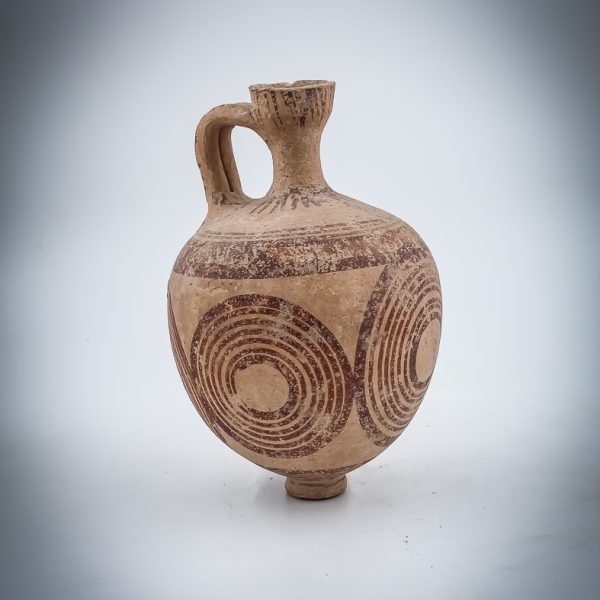
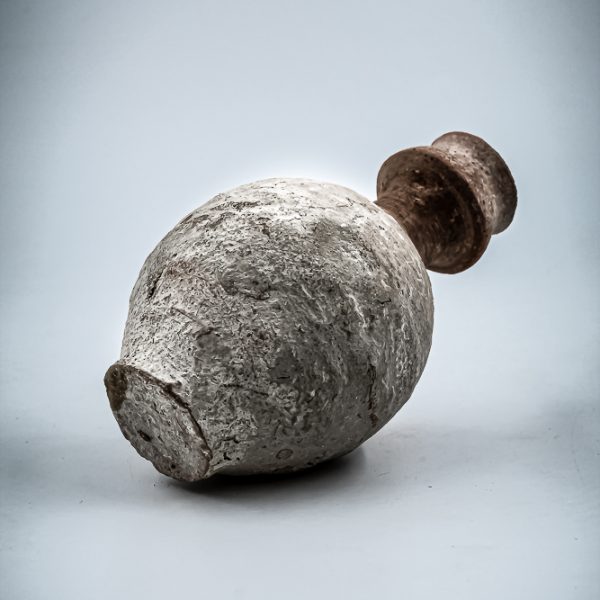
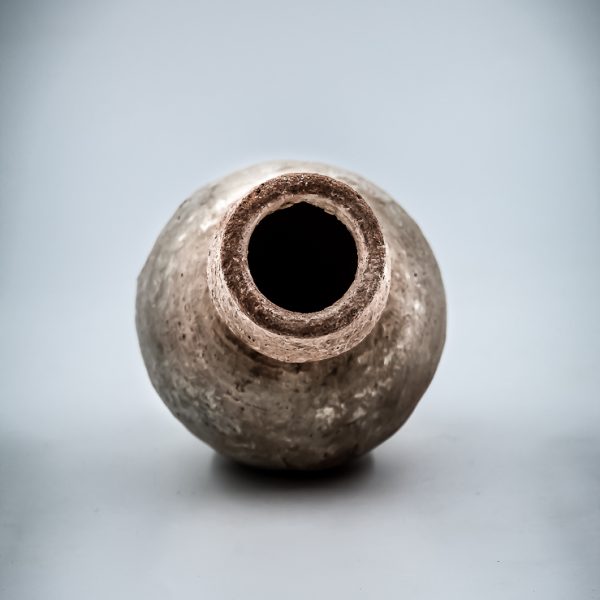
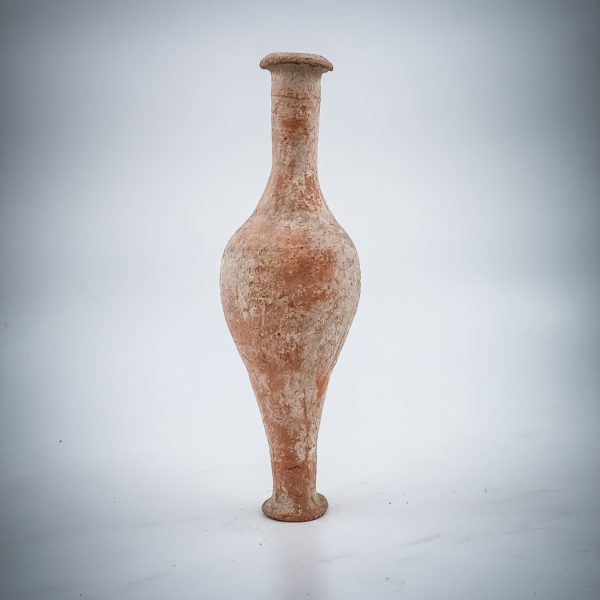
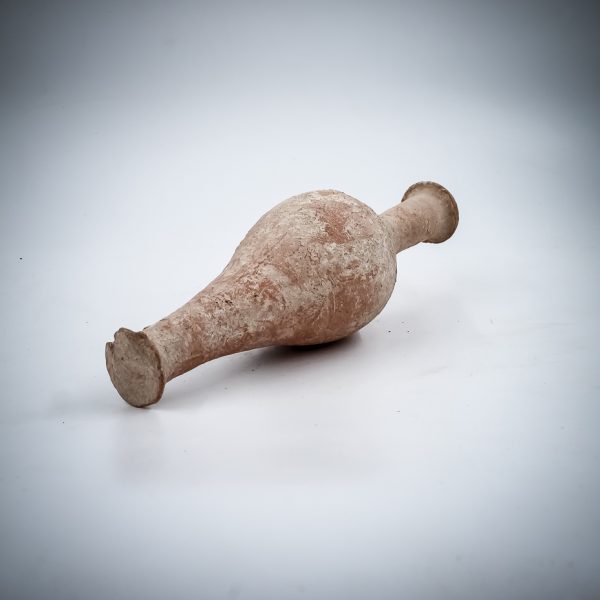
Reviews
There are no reviews yet.